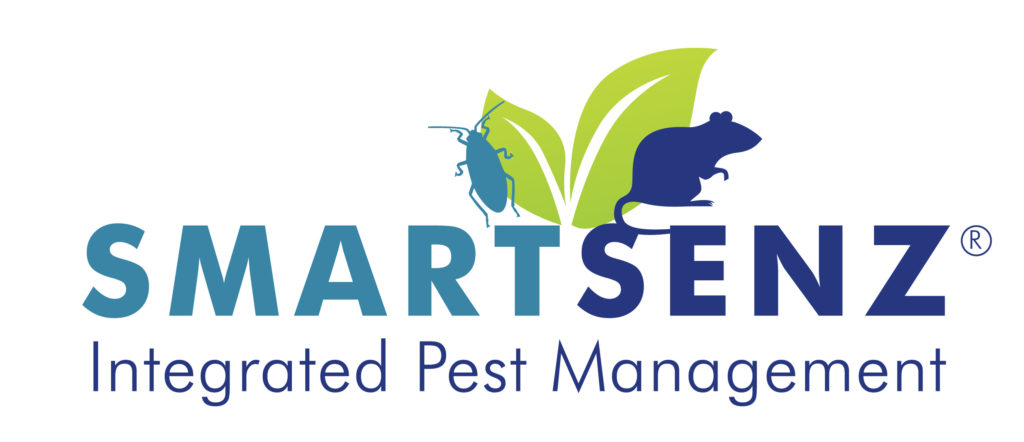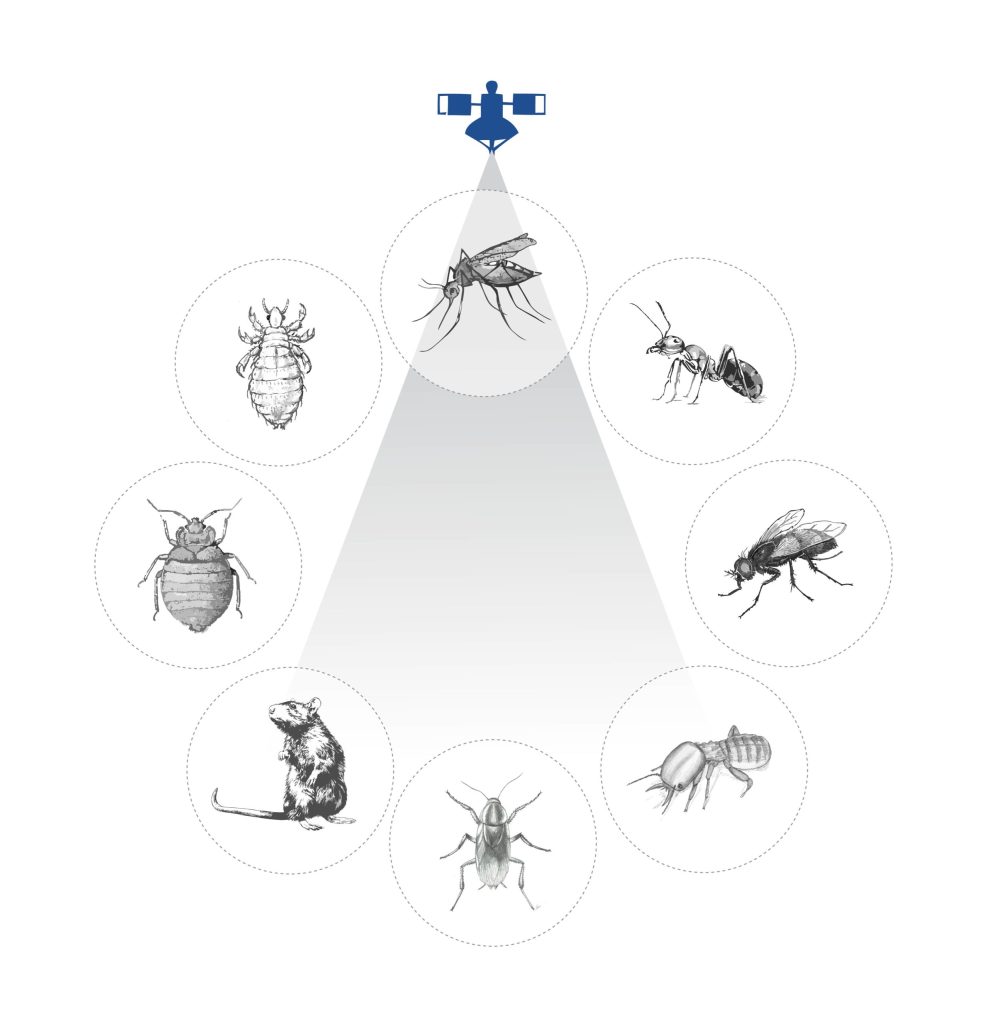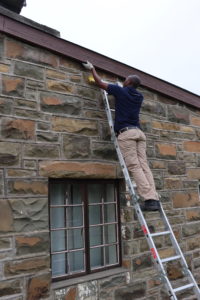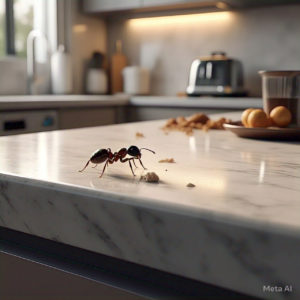Integrated Pest Management (IPM) is a way of pest control where chemicals should be used as the last resort. IPM is about thinking outside the box to remove pests using a method which is least harmful to the environment by knowing and understanding the pest, its biology and behavior you can determine the most effective pest management system. Each pest is different and so a management system specific to that pest and environment should be implemented. An infestation could become agitated, and the problem increased if the wrong management system is implemented.
Prevention
The prevention of pest problems should begin with cultural and physical control measures.
Cultural control is when living habits can be changed to prevent a pest infestation by making the environment unfavorable for them to live in.
A physical control method is the implementation of equipment to create a barrier to prevent the pest from entering an area. Examples of physical controls include Screens, traps, lures etc.
Accurate Identification
To treat a pest effectively, you must first be able to identify the pest and know its habits. Some other important information to gather includes:
- The physical features of the pest;
- What healthy foliage looks like;
- What host (the animal or plant on which an organism lives) or location the pest prefers;
- The pest’s development and life history;
- Characteristics of the damage caused
- The time of year, weather conditions, etc.
3. Monitoring the situation
Pests are not necessarily a problem simply because they are present.
Stay vigilant to know when to act before it reaches a stage of infestation.
4. Setting thresholds
Do not design pest management programs based on the total eradication of a pest. In the event a pest is identified as the culprit, the next step is to determine the extent of the damage.
You can select a pest management option that will keep damage below the tolerance level (also known as the threshold) once you have determined the tolerance level.
Usually, your goal will not be the eradication of the pest, but to reduce the population instead. Keep in mind that by eliminating a pest, you change the surrounding ecosystem. This may cause a decrease in the population of beneficial insects or allow other insects to become a pest instead.
5. Taking Action
Monitoring and managing pest populations requires the integration of biological, chemical, and mechanical controls.
Biological control is the use of natural predators to minimize the pest species. For example, using beneficial insects like ladybugs to control aphid pests by eating them. If the use of insecticides is needed, only use those that will kill the target pests and not the beneficial insects.
You may need to Control a pest population by applying pesticides. Only apply pesticides to those areas where the pests are present, and at the times when the pesticide will be most effective. It is recommended to research a pesticide before use and to know and understand the hazards associated with it.
Although pests are a nuisance it is possible to manage them in such a way that is least disruptive to the environment, which is why SMARTSENZ IPM should be the only company you trust to help manage your pest problems.





